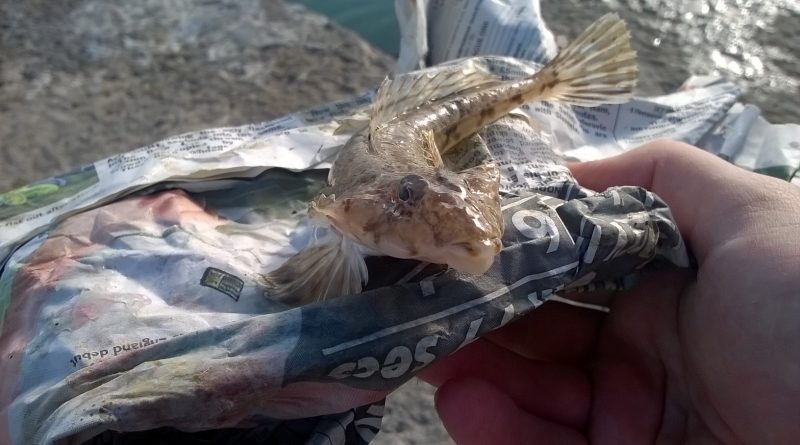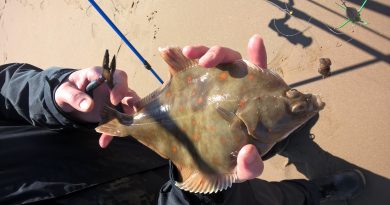Dragonet
In the diverse and rich aquatic ecosystems around the United Kingdom, one intriguing and lesser-known fish species takes center stage – the Dragonet. Known for its vibrant colors, unique morphology, and captivating behavior, the Dragonet is a fascinating subject of study for marine enthusiasts and scientists alike.
Sizes and Morphology:
Dragonets, belonging to the Callionymidae family, are characterized by their striking appearance. These small, elongated fish typically reach lengths between 4 to 8 inches, with some species growing slightly larger. Their bodies are adorned with vibrant colors, ranging from rich blues and greens to bold yellows and reds. Their appearance is further accentuated by intricate patterns and markings, making them a captivating sight for those lucky enough to spot them in the waters around the UK.
Habitat:
Dragonets are commonly found in the shallow coastal waters of the UK, favoring areas with sandy or muddy substrates. They are often seen near rocky outcrops and seagrass beds, where they can find shelter and hunt for prey. These fish are known for their preference for warm waters, making the southern coasts of the UK more suitable for their habitat.
Prey and Feeding Behavior:
Dragonets are carnivorous and primarily feed on small invertebrates, including crustaceans and worms. Their feeding behavior is unique, with a specialized jaw structure that allows them to probe into the substrate to uncover hidden prey. The Dragonet’s hunting technique is a fascinating display of agility and precision, as they use their pectoral fins to “walk” along the substrate while searching for food.
Gender Differences:
One of the intriguing aspects of Dragonets is the marked sexual dimorphism exhibited by some species. In certain cases, males and females display distinct coloration and patterns. During the breeding season, males may exhibit more vibrant colors to attract potential mates. Understanding these gender differences is crucial for researchers studying the reproductive behaviors and life cycles of Dragonets in the UK waters.
Conservation Status:
While Dragonets are not typically targeted by commercial fisheries, they can face threats from habitat degradation and pollution. Seagrass beds, a vital component of their habitat, are particularly vulnerable to human activities. Conservation efforts to protect coastal ecosystems and manage human impact are essential for ensuring the continued presence of these captivating fish in UK waters.
Conclusion:
The Dragonet, with its vivid colors, unique morphology, and captivating behaviors, adds a layer of intrigue to the diverse marine life found in the waters around the United Kingdom. As researchers continue to explore and understand the intricacies of these fish, it becomes increasingly important to promote conservation measures that safeguard their habitats and contribute to the overall health of coastal ecosystems. The Dragonet, a hidden gem in the UK’s aquatic tapestry, serves as a reminder of the incredible biodiversity that thrives beneath the surface of our oceans.




